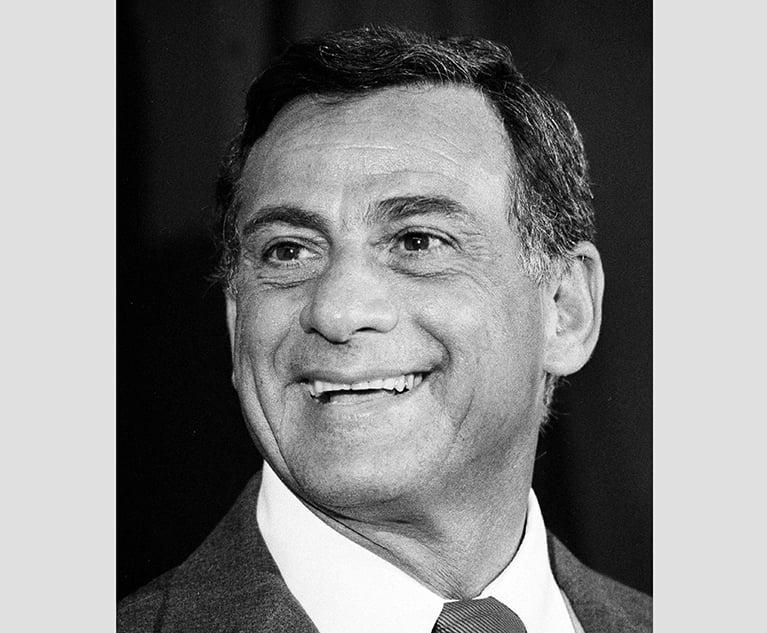Bail and bail reform have been continuously in the news, driven largely by New York’s recent legislation. Not only is the topic controversial, but even the label is a slight misnomer. “Bail,” as used in the vernacular, is shorthand for a system of determining when pre-trial detention or release is warranted in a criminal case; properly speaking, “bail” is but one means of obtaining release from custody. It is a monetary pledge or deposit, either by the defendant or a third-party surety (guarantor), to assure the accused’s attendance at court appearances. Other forms of release are personal recognizance (a promise) and non-financial conditions, such as travel restrictions or a treatment program. The alternative is detention in jail. Between the two official components is the gray area when the conditions, monetary or otherwise, are so prohibitive that release has effectively been denied.
Policy questions abound, fueling fiercely competing opinions: What purpose should the system serve (solely to secure appearances or also to protect the public); what factors should be considered (e.g., financial means, criminal history, seriousness of the crime charged); and how much discretion should be imparted to the judges and how much prescribed by the legislature? Underlying the entire subject are due process concerns that any pre-trial restriction on liberty takes place, of necessity, before an adjudication of guilt. Another critical issue is whether, as designed or applied, there is disparate impact on certain segments of society.


 Credit: Victor Moussa/Shutterstock
Credit: Victor Moussa/Shutterstock




